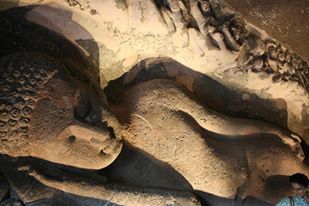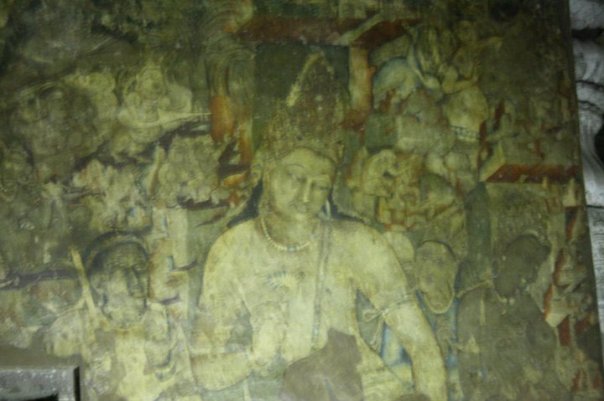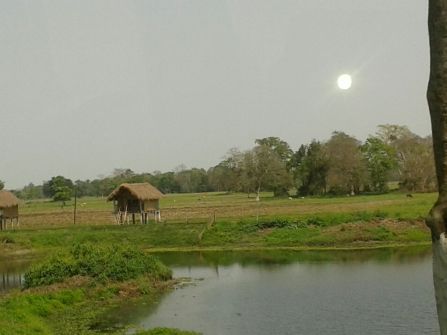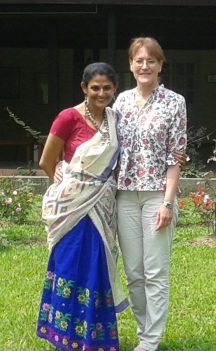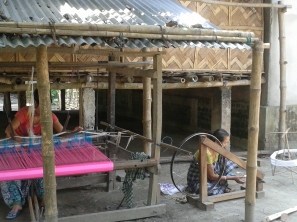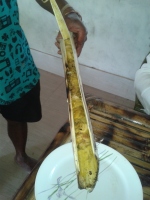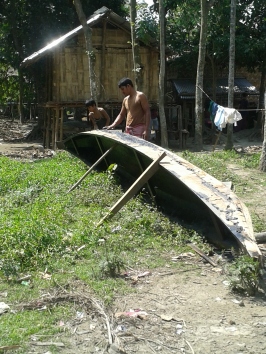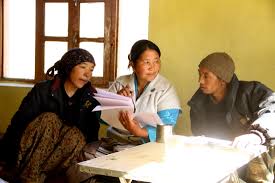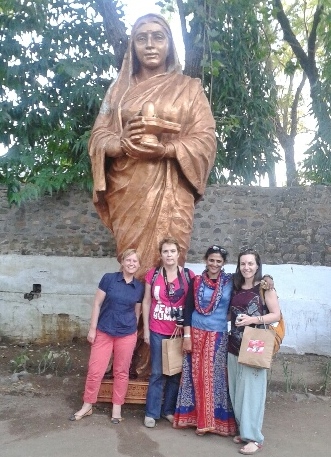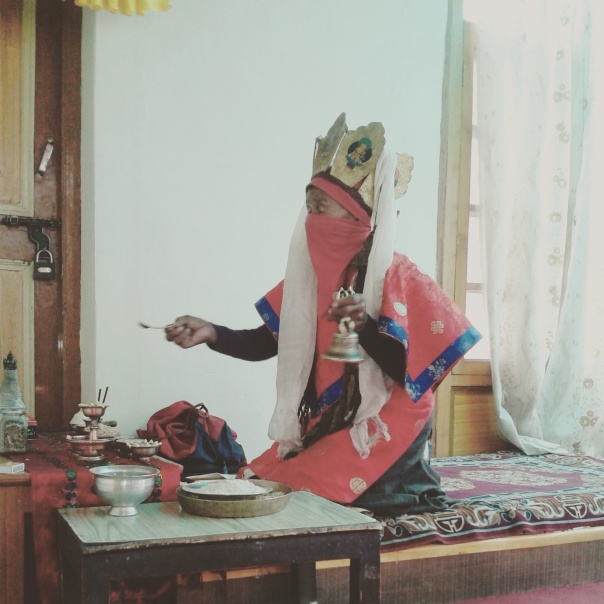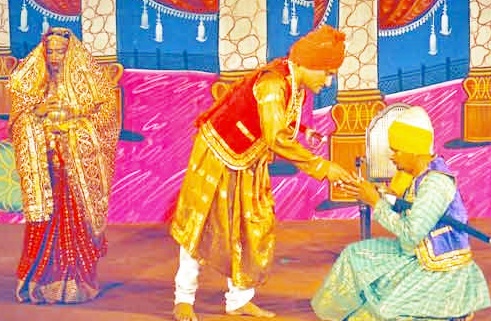Teaser: Ladakh is more than the magnificent landscapes. The fascination is with living cultures which are responses of human communities to this exotic barren environment. Wondering tales of survival and lifestyle dot the caverns in the mountains, one such is the canvas of Brokpas- Aryans in Himalayas…

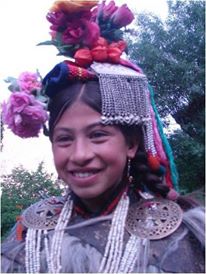
An Aryan Girl
The sensational dramatic essence of Ladakh has been much written off. This border district of Jammu and Kashmir has become an attractive destination not only for foreigners who throng to experience lived Buddhist culture, but also large number of middle class and upper class Indians. In most cases people do not take guides and are self-initiated to savor Ladakh on their own. The main activities are confined to visiting Buddhist Gomkpas (temples), engaging in adventure tourism, driving to experience nature’s beauty by visiting Nubra Valley, Tsomoriri and Pangong Lakes. However a significant feature of Ladakh is its cultural heritage. Visitors can access the amazing threads of its cultural dynamics by focusing on three aspects: Life in a cold desert, Artistic, Ritualistic and political culture of the Buddhist Gompas (temples) and indigenous culture and communities of Ladakh.
One of the lesser known cultures are the Brokpas who are known as the Aryans. One has to travel and do an overnight camp beside the Indus to Dahanu about 40 kms from the LOC. Special permits are needed. An organized camping facility is set up by a member of the community. Their oral history says that they arrived with Alexander’s army from Gilgit. They don’t have a script but their language is Brokpa which means from the cold land. Their total population is about5-6000 and they live in five village in India and about four in Pakistan. On the Indian side they have converted to Buddhism, while on the other side they are Muslims. The community continues to practice their indigenous religion in which a mother goddess Srimulamu and the Ibex plays an important role. A fertility festival Chopashupla is organized every three years alternately in the villages of Garkon and Dah. A gap is left for villages in Pakistan. It’s a five day festival in which men and women teach, flirt by singing and dancing. There are 22 songs related to fertility rites. On the fifth day it is believed that the Devta Saralyopa is embarrassed and disappears. The young men and women are now free to partner whomsoever they please.
These are simple, agricultural people who love to sing and dance. Both women and men wear flowers on their head. An orange flower Shokloh does not dry, it is worn and used in rituals. The women wear Bachi, a heavy goat hair collar, the men decorate their ears with buttons, silver coins on their head gear.
Before tourism was opened in Ladakh, two German girls sneaked and lived to participate in the Fertility festival in Baima village. Nobody in the village knows whether their dream to take back original Aryan seed came true. On request the camp organizes wonderful dancing around the camp fire, with the sound of drums and running Indus as accompaniment.
